1. A single, oversized statement light

You’ve probably seen these in design magazines—a lone pendant lamp that looks like it belongs in an art gallery. Minimalists love them because they eliminate the need for multiple smaller fixtures. But finding one that’s both sculptural and functional can mean hours of research. The result is a “simple” light that quietly screams effort.
The big payoff? It draws the eye upward and creates an intentional focal point. That kind of visual hierarchy is a hallmark of good minimalist design. The challenge is getting the scale and placement exactly right. When it’s off by even a few inches, the whole room feels wrong.
2. Built-in shelving with hidden hardware
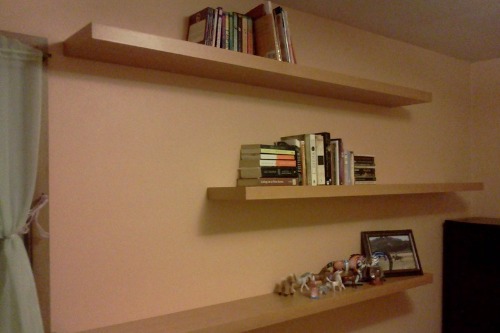
Floating shelves without visible brackets look like they’re defying gravity. The illusion is part of the appeal—they’re clean, spare, and uncluttered. But behind that minimal look is meticulous measuring, wall reinforcement, and usually a professional installer. The “effortless” appearance hides hours of labor.
These shelves also require careful curation. Too many objects ruin the effect, while too few make them look empty. People often rotate items seasonally to keep them fresh. It’s a constant maintenance project disguised as simplicity.
3. Frameless glass shower enclosures
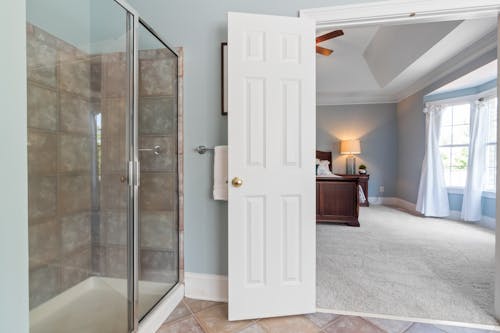
The absence of bulky frames gives a bathroom an open, airy feel. It’s a go-to move for minimalists who want a spa-like atmosphere. But frameless glass demands precise installation to avoid leaks. And keeping it spotless is a full-time job—every droplet shows.
It’s also not the cheapest option. The glass must be tempered for safety, and hinges have to be custom-fitted. Over time, mineral deposits can etch the surface if not cleaned regularly. That means your “minimal” shower has a surprisingly high upkeep schedule.
4. Wall-mounted faucets
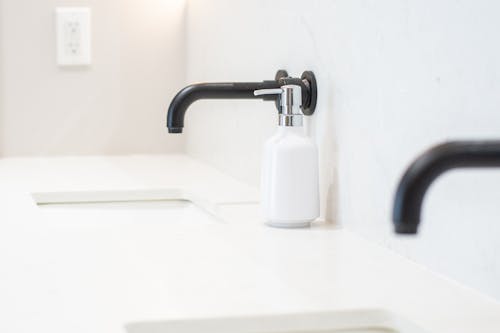
By moving plumbing off the counter, wall-mounted faucets free up space and create sleek lines. They look like they came straight from a high-end hotel. But they require opening up the wall, relocating pipes, and making sure everything is perfectly aligned. Any mistake is costly to fix.
Once installed, they’re a conversation starter for anyone who notices design details. They also pair beautifully with vessel sinks, which are minimalist in form but often expensive. Cleaning behind them can be tricky without scratching the wall. And when you want to change the faucet style, you’re looking at another remodel.
5. Flush-mounted ceiling vents
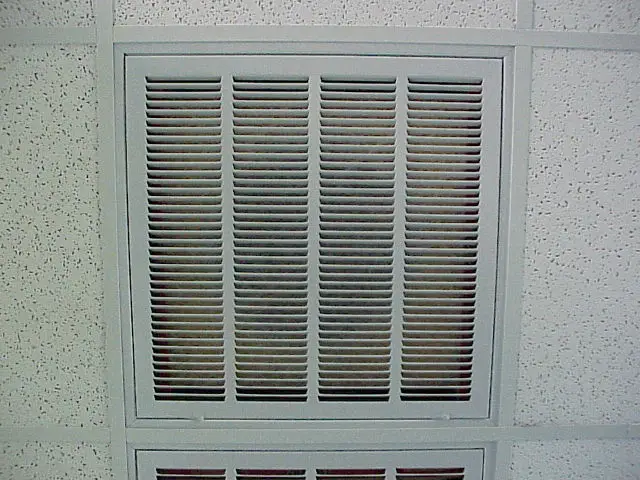
Most people never think about air vents—until they see a perfectly flush one that blends with the ceiling. Minimalists appreciate how they erase visual clutter. But the install involves cutting precise openings and using specialty hardware. It’s not exactly a weekend DIY.
They’re also more expensive than standard vents and may require custom fabrication. The clean lines mean there’s nowhere to hide dust, so regular cleaning is essential. HVAC techs need to know the system to avoid damage during service. It’s a lot of work for something you barely notice—until it’s wrong.
6. Zero-profile door frames
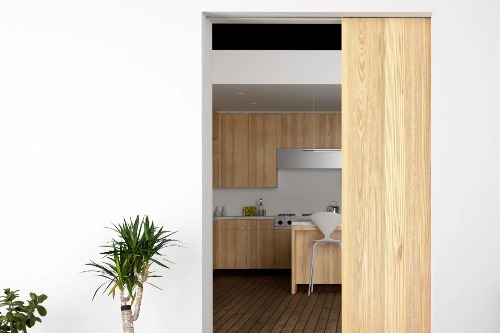
A door that sits perfectly flush with the wall looks futuristic and clean. These are called “frameless” or “concealed frame” doors, and they give an unbroken surface. Achieving that look means careful carpentry and specialty hinges. Even a minor misalignment ruins the illusion.
They work best in modern spaces where wall finishes are consistent. Retrofitting them into older homes is possible but costly. The door material has to be perfectly stable so it doesn’t warp over time. It’s minimalism that requires maximal precision.
7. Custom drawer inserts
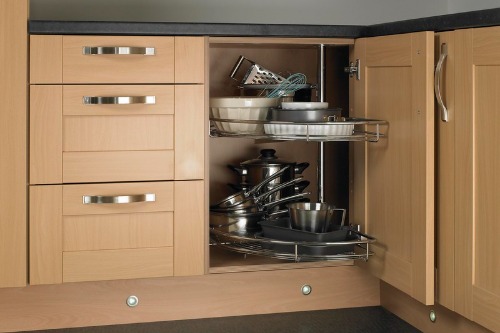
Open a minimalist kitchen drawer, and you might see perfectly organized cutlery in made-to-fit compartments. It’s satisfying and Instagram-friendly. But those inserts are often custom-made for the exact drawer size. That’s a level of planning that doesn’t happen by accident.
They also make it harder to rearrange your storage later. If you buy new utensils, they may not fit the existing slots. The payoff is that you always know where everything is. But keeping it that way takes constant discipline.
8. Integrated appliances
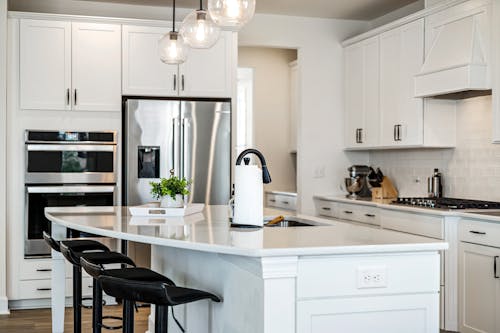
A fridge that disappears behind a cabinet panel is a minimalist dream. It creates a seamless look where nothing interrupts the visual flow. But it requires buying specific appliance models and custom cabinetry to fit them exactly. Installation is a precision process.
The benefit is a kitchen that feels calm and cohesive. The downside is cost—panel-ready appliances are usually pricier. Repairs can also be more complicated since you have to remove cabinetry first. It’s a perfect example of hidden work for a “clean” result.
9. Pocket doors
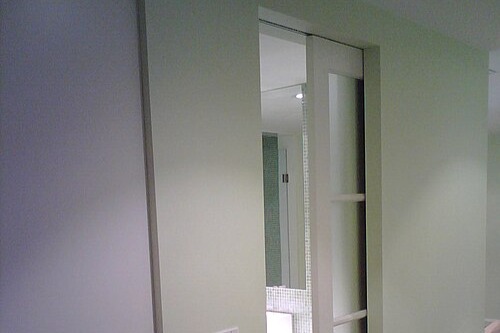
Pocket doors slide into the wall, saving space and eliminating the visual bulk of a swinging door. They’re great for creating open flow in a minimalist home. But installing them means modifying the wall structure and making sure the track is perfectly level. That’s not something you do on a whim.
They can also be tricky to repair once they’re inside the wall. Hardware maintenance is harder compared to a standard hinge. On the flip side, they make small spaces feel bigger. It’s a trade-off between aesthetics and accessibility.
10. Continuous flooring
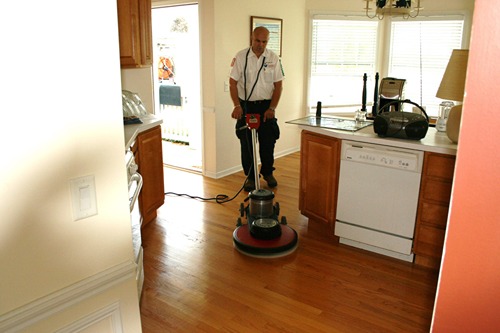
Using the same flooring throughout a home creates visual unity. It’s a favorite minimalist trick because it eliminates transitions and thresholds. But it means committing to a material that works in every room—even kitchens and bathrooms. That usually requires durable, water-resistant options.
The installation also has to be perfect—any unevenness is more obvious without breaks. Repairs can be costly since matching the exact finish years later is tricky. The reward is a space that feels open and intentional. The risk is that one bad spill can affect multiple rooms.
11. Minimalist switch plates

A flat, paintable switch plate that blends into the wall is the ultimate small detail. It makes a huge difference in a clean-lined room. But sourcing them often means ordering specialty products, sometimes from overseas. And installation requires precision so they sit flush.
They’re also prone to showing fingerprints if painted. Replacing them later can mean repainting the wall for a perfect match. Most people won’t consciously notice them—but designers always do. It’s a subtle flex for those in the know.
12. Frameless mirrors

A frameless mirror offers a sleek, gallery-like look. It reflects light without the distraction of a border. But getting one cut to the exact dimensions of your space is a custom job. Mounting it securely takes more than a couple of screws.
They also need to be perfectly level—any tilt becomes obvious with clean lines. Cleaning is straightforward, but edge chips can’t be repaired easily. The result is a bathroom or hallway that feels bigger and brighter. The process to get there, however, is anything but simple.
This post 12 Things People Add to Feel Minimalist — But Signal Maximal Effort was first published on Greenhouse Black.
